The physics of wind instruments has long fascinated musicians and scientists alike. Among the many intricate phenomena involved, the critical pressure point for edge tone generation stands as a particularly intriguing aspect of aerophone acoustics. This delicate balance between airflow and vibration governs how instruments like flutes, recorders, and organ pipes produce their characteristic sounds.
At the heart of this phenomenon lies what acousticians call the edge tone - the sound created when a stream of air encounters a sharp edge. The air jet oscillates between flowing inside and outside the instrument's mouthpiece, creating alternating vortices that generate sound waves. The precise moment when this oscillation begins is determined by the critical pressure threshold, a fundamental parameter in wind instrument design.
Laboratory measurements have revealed that this transition occurs at remarkably consistent pressure values across different instruments. For a standard concert flute, the threshold typically falls between 200 and 300 Pascals, while smaller instruments like piccolos require slightly higher pressures due to their reduced dimensions. These values correspond to the minimum breath pressure needed to initiate stable oscillation in the air column.
The relationship between pressure and oscillation follows a nonlinear pattern that has challenged researchers for decades. As the player increases their breath pressure beyond the critical point, the oscillation frequency doesn't rise linearly but instead jumps between discrete regimes of vibration. This explains why wind players can produce different notes using the same fingering simply by altering their embouchure and breath pressure.
Modern computational fluid dynamics has allowed scientists to visualize the complex airflow patterns at these critical moments. High-speed camera footage shows how the air jet begins to oscillate in a sinuous pattern once the threshold is crossed, resembling a flag fluttering in the wind. The point where this oscillation becomes regular enough to produce a musical tone marks the establishment of what physicists call the feedback loop between the air jet and the standing wave in the instrument's bore.
Instrument makers have learned to manipulate this critical pressure through careful design of the embouchure hole and labium (the sharp edge against which the air stream strikes). The angle of the edge, the width of the air channel, and the distance between the edge and the player's lips all contribute to determining the pressure threshold. Historical instruments often show subtle variations in these parameters that account for their distinctive playing characteristics.
Recent studies have examined how this critical pressure affects playing technique. Professional players develop an intuitive sense of the minimum pressure required to produce sound, allowing them to conserve breath during long phrases. Beginners, by contrast, often exceed the necessary pressure significantly, resulting in strained tone production and rapid fatigue. This explains why mastering breath control is fundamental to wind instrument pedagogy.
The implications of edge tone physics extend beyond traditional acoustics. Medical researchers have drawn parallels between the vibration thresholds in wind instruments and those in human vocal folds. Similarly, industrial engineers study these principles when designing fluidic oscillators for various technological applications. The humble flute mouthpiece thus serves as a model system for understanding oscillatory phenomena across multiple disciplines.
As measurement techniques continue to improve, scientists are uncovering finer details about the transition from silent airflow to musical tone. Laser Doppler vibrometry and particle image velocimetry now allow researchers to track air molecules with unprecedented precision, revealing sub-millisecond variations in the oscillation onset. These advances may lead to new instrument designs that optimize the critical pressure for specific musical effects or playing styles.
The study of edge tone generation remains an active area of research in musical acoustics. Each new discovery about these pressure thresholds deepens our understanding of how musicians interact with their instruments at the most fundamental physical level. From the workshop of instrument makers to the practice rooms of aspiring flutists, the principles of critical pressure continue to shape the art and science of wind performance.
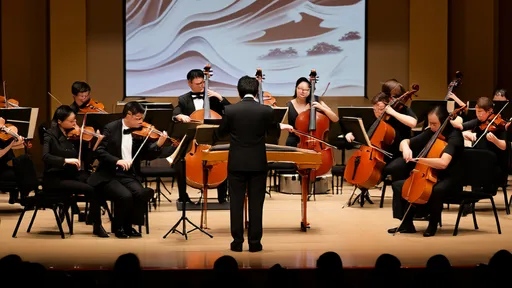
By /Jul 17, 2025

By /Jul 17, 2025
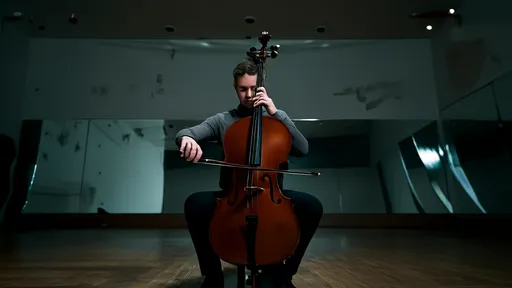
By /Jul 17, 2025

By /Jul 17, 2025

By /Jul 17, 2025

By /Jul 17, 2025

By /Jul 17, 2025
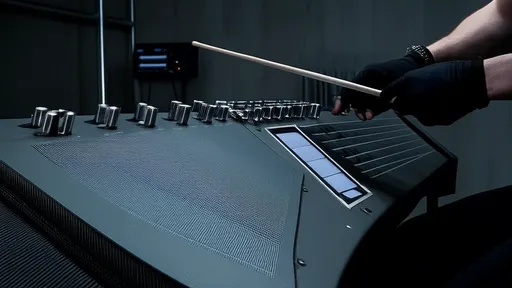
By /Jul 17, 2025

By /Jul 17, 2025

By /Jul 17, 2025

By /Jul 17, 2025

By /Jul 17, 2025

By /Jul 17, 2025
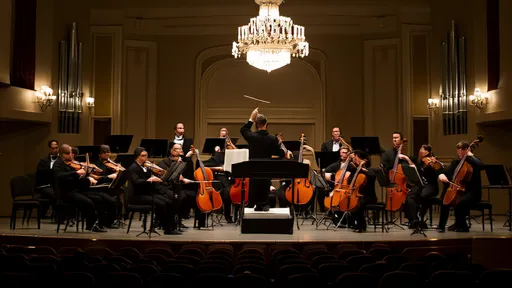
By /Jul 17, 2025
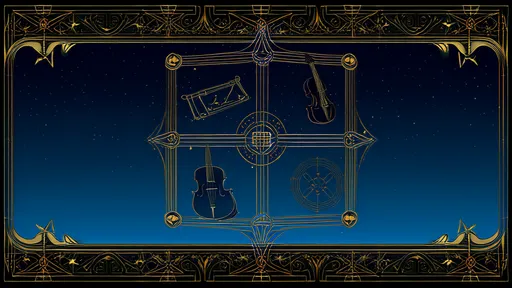
By /Jul 17, 2025

By /Jul 17, 2025

By /Jul 17, 2025
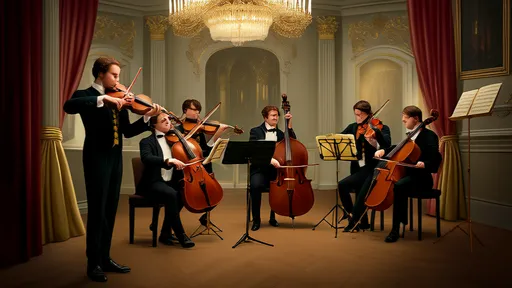
By /Jul 17, 2025